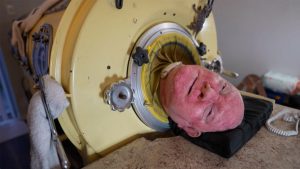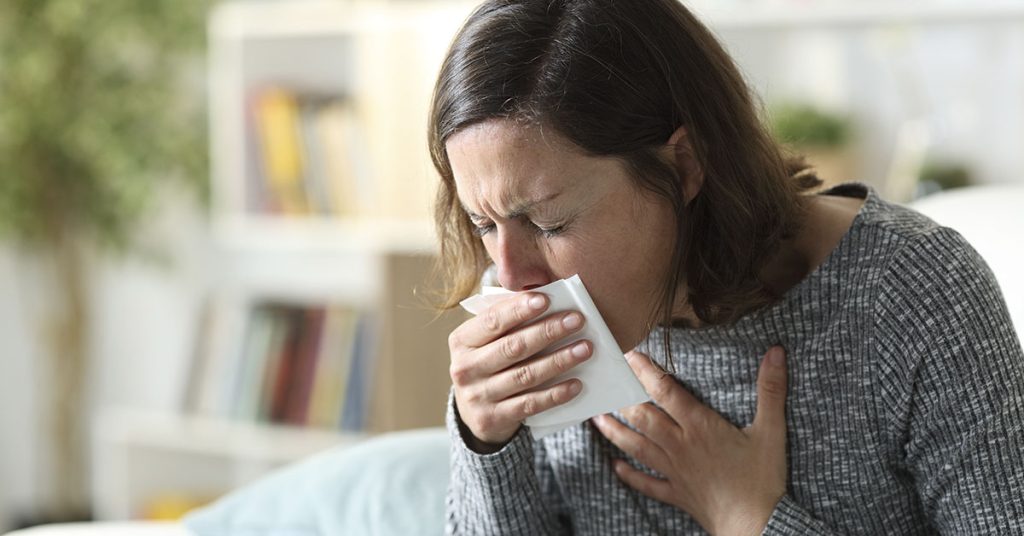
Dealing with persistent phlegm and mucus in the chest and throat can be frustrating, especially when it lingers after a cold or respiratory infection. It can interfere with breathing, cause ongoing coughing, and make daily activities uncomfortable. Fortunately, there are effective, evidence-backed home remedies and lifestyle strategies that can help reduce and eliminate mucus safely. This guide compiles verified methods to help clear your respiratory system and support better breathing.
Understanding Phlegm and Mucus
Phlegm is a type of thick mucus produced in the lungs and lower respiratory tract, while mucus in the nose and throat originates from the upper airways. Mucus plays an essential role in protecting your body by trapping dust, allergens, and pathogens, and preventing them from reaching your lungs. However, an overproduction of mucus due to infections, allergies, or irritants can cause discomfort and congestion.
According to Medical News Today, excessive mucus buildup may result from:
- Common colds and viral infections
- Allergic reactions
- Smoking or exposure to secondhand smoke
- Environmental pollutants
- Chronic respiratory conditions such as bronchitis or asthma .
8 Effective Home Remedies for Reducing Phlegm and Mucus
Before turning to over-the-counter medications, consider trying these scientifically supported natural remedies to clear excess mucus at home:
1. Stay Hydrated
Why it works: Drinking plenty of fluids helps thin mucus, making it easier for the body to expel. Thin mucus is less likely to stick to the walls of your airways and can be coughed up or cleared naturally.
What to drink:
- Water (aim for at least 8 cups per day)
- Herbal teas (ginger, peppermint, chamomile)
- Warm broths or clear soups
Hydration supports overall respiratory health and immune function, helping your body recover more efficiently from illness .

2. Gargle with Salt Water
Why it works: Salt water can soothe an irritated throat and help dislodge thick mucus. Research published by the National Center for Biotechnology Information (NCBI) has shown that saline gargling may reduce symptoms of upper respiratory infections .
How to do it:
- Mix ½ to ¾ teaspoon of salt in one cup of warm filtered or bottled water.
- Gargle for 30–60 seconds.
- Repeat 2–3 times daily as needed.
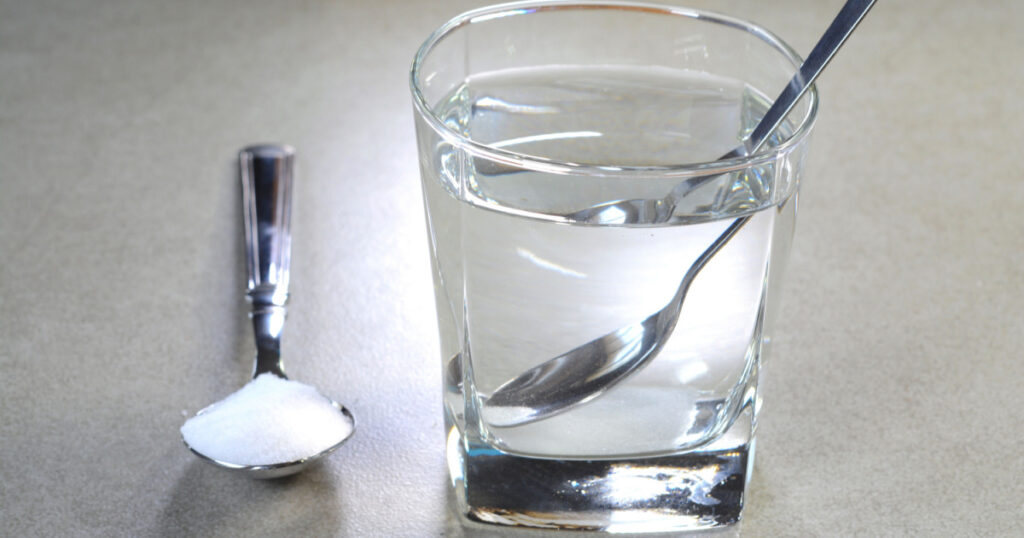
3. Inhale Steam
Why it works: Steam adds moisture to the airways, which helps loosen thick mucus and makes it easier to expel. According to Medical News Today, steam therapy can be an effective supportive treatment for colds and sinus congestion .
How to do it:
- Fill a bowl with hot water.
- Place a towel over your head to trap the steam.
- Inhale deeply for 5–10 minutes.
Alternatively, use a steam inhaler or take a warm shower.

4. Apply a Warm Compress
Why it works: Heat can help loosen mucus and reduce chest congestion. A warm compress placed on the chest or throat may also relieve tightness and discomfort.
How to do it:
- Soak a clean towel in hot water.
- Wring out the excess and apply it to your chest or throat for 10–15 minutes.
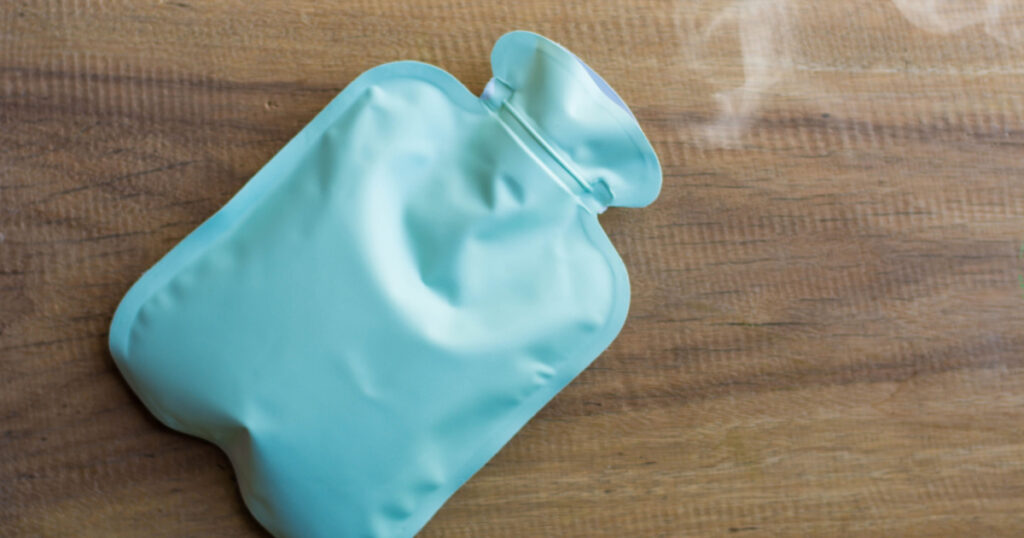
5. Honey and Lemon Drink
Why it works: Honey has natural soothing and antimicrobial properties, while lemon contains vitamin C and acts as a natural decongestant. Together, they help break down mucus and support the immune system.
How to use:
- Mix 1 tablespoon of raw honey with a cup of warm water.
- Add the juice of half a lemon.
- Drink 2–3 times per day.
Note: Honey should not be given to children under one year old due to the risk of botulism.
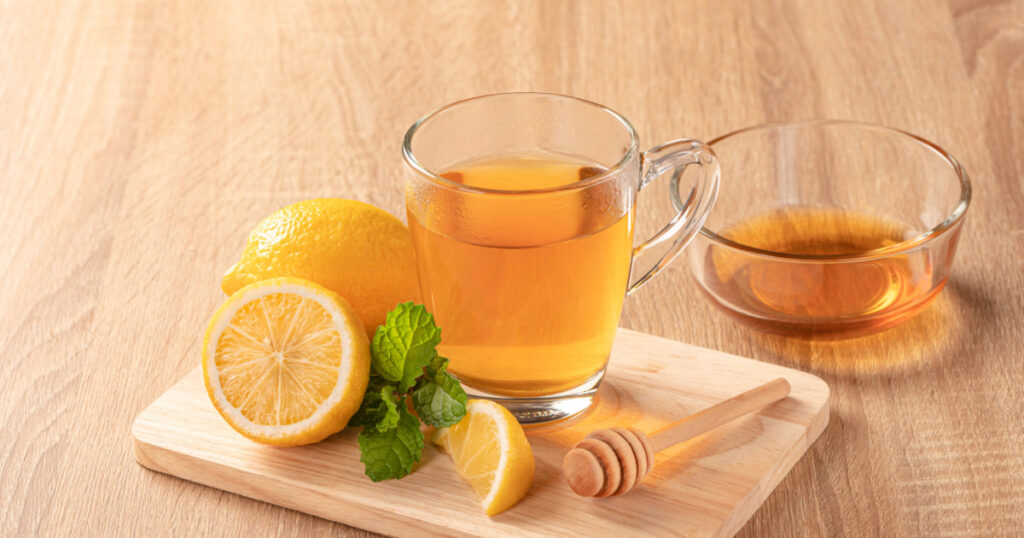
6. Use a Humidifier
Why it works: Adding moisture to the air helps prevent the drying of nasal passages and throat tissues, which can lead to thicker mucus. A humidifier helps maintain ideal humidity levels (around 40–60%) indoors.
Important: Clean your humidifier regularly to prevent mold and bacterial growth, which can worsen respiratory issues .

7. Try Nasal Irrigation
Why it works: Nasal rinsing with a saline solution can flush out mucus, allergens, and irritants from your nasal passages, improving airflow and reducing postnasal drip.
How to do it:
- Use a neti pot or saline spray.
- Prepare a sterile saline solution using distilled or boiled (and cooled) water.
- Follow instructions carefully to avoid infection.
Studies support nasal irrigation as a safe and effective method for managing sinus and allergy symptoms .
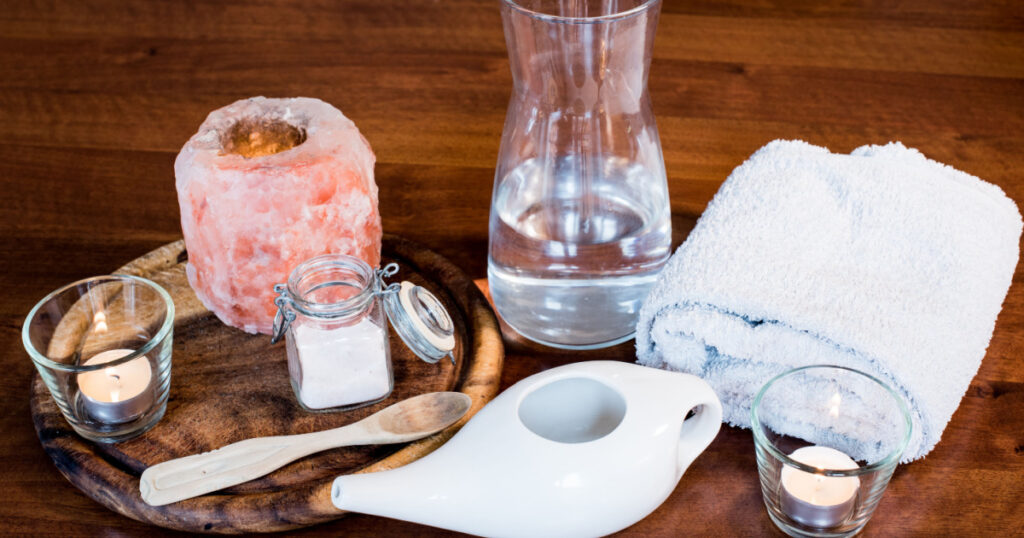
8. Avoid Respiratory Irritants
Key triggers to avoid:
- Tobacco smoke: Both smoking and secondhand exposure irritate the respiratory tract and increase mucus production.
- Air pollutants: Stay indoors on high-pollution days and use air purifiers if needed.
- Strong chemical fumes: Use natural cleaners or ensure proper ventilation when using cleaning products.
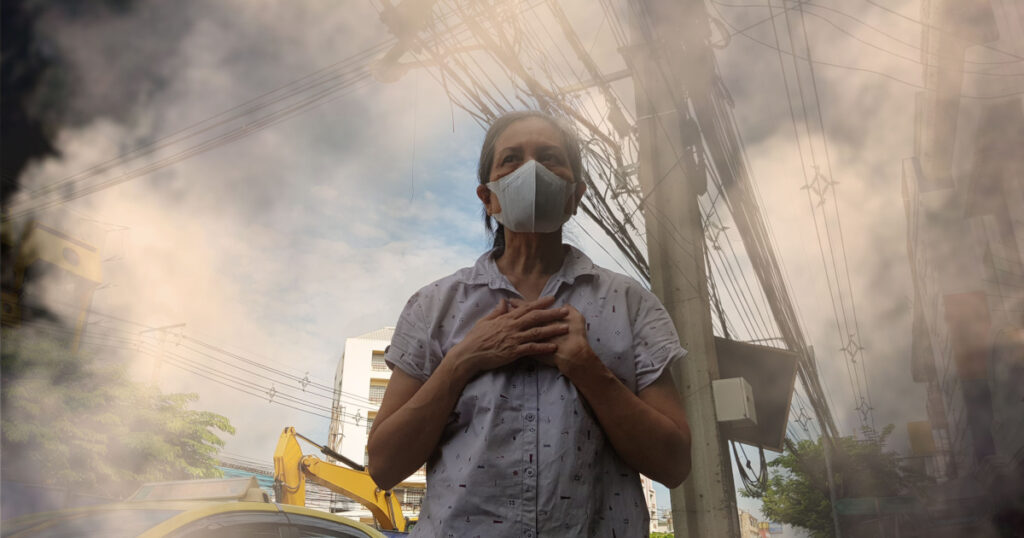
Foods and Habits to Avoid
In addition to proactive remedies, avoiding certain foods and habits can help reduce mucus buildup:
- Limit dairy: While not proven in all cases, some people find dairy products may thicken mucus.
- Reduce sugar intake: High sugar intake may contribute to inflammation and mucus overproduction.
- Avoid excessive decongestant use: Overuse of nasal sprays or suppressants can lead to rebound symptoms.
- Don’t suppress a productive cough: Coughing is the body’s way of clearing mucus. Suppressing it may delay recovery unless medically necessary.
When to See a Doctor
While home remedies can be effective, you should consult a healthcare professional if:
- Symptoms persist longer than 10 days.
- You develop a high fever.
- Mucus is yellow, green, or bloody.
- You experience shortness of breath, wheezing, or chest pain.
These symptoms may indicate a bacterial infection, bronchitis, pneumonia, or another underlying health issue that requires medical attention.
Conclusion: Natural Relief with Simple Steps
Clearing mucus from the chest and throat doesn’t always require medication. With the help of hydration, steam, honey, and a few changes to your environment and routine, you can promote healthier breathing and feel better faster. These methods are safe, natural, and backed by medical research.
By taking control of your symptoms with practical home remedies and lifestyle improvements, you support your body’s natural healing process and respiratory health.
Sources
- Berry, Jennifer. “19 Home Remedies for Phlegm and Mucus.” Medical News Today. December 8, 2022.
https://www.medicalnewstoday.com/articles/home-remedies-for-phlegm-and-mucus - Ramalingam, S., et al. “A Pilot, Open-Labelled, Randomised Controlled Trial of Hypertonic Saline Nasal Irrigation and Gargling for the Common Cold.” NCBI, 2019.
https://www.ncbi.nlm.nih.gov/pmc/articles/PMC7229735/ - Seeman, Mary V., et al. “Worldwide Preferences for Natural Remedies for Nervousness and Common Colds.” Hapres.
https://www.hapres.com/htmls/MHM_1096_Detail.html


